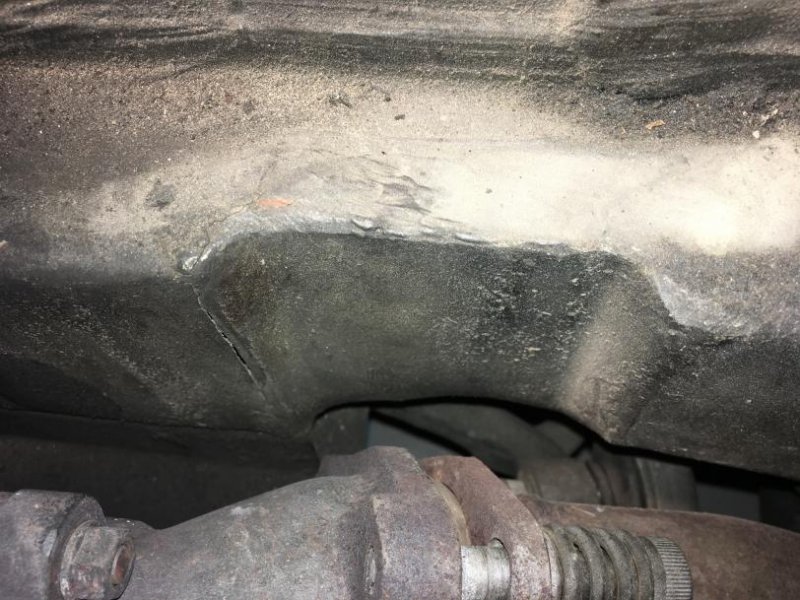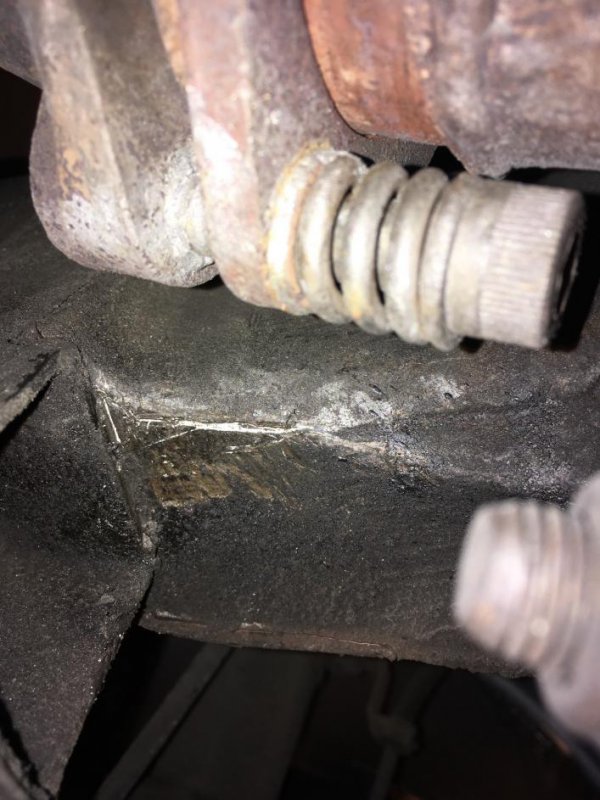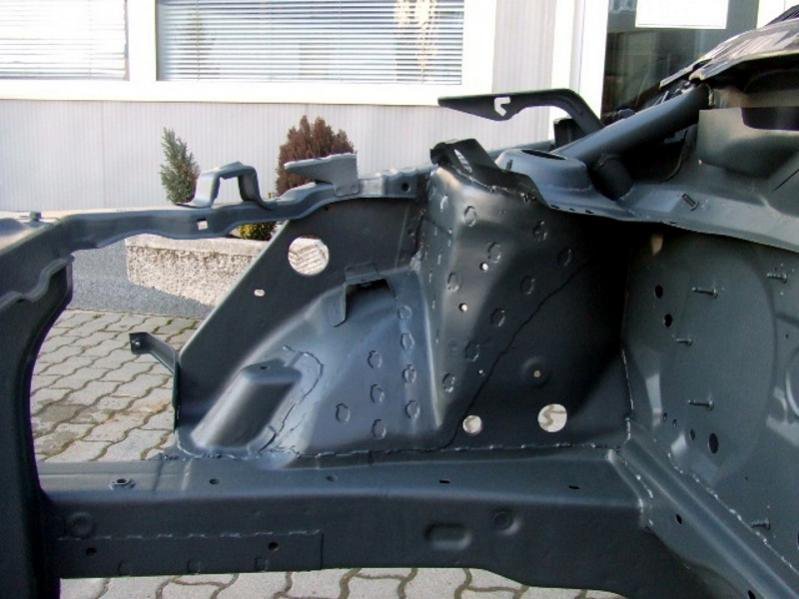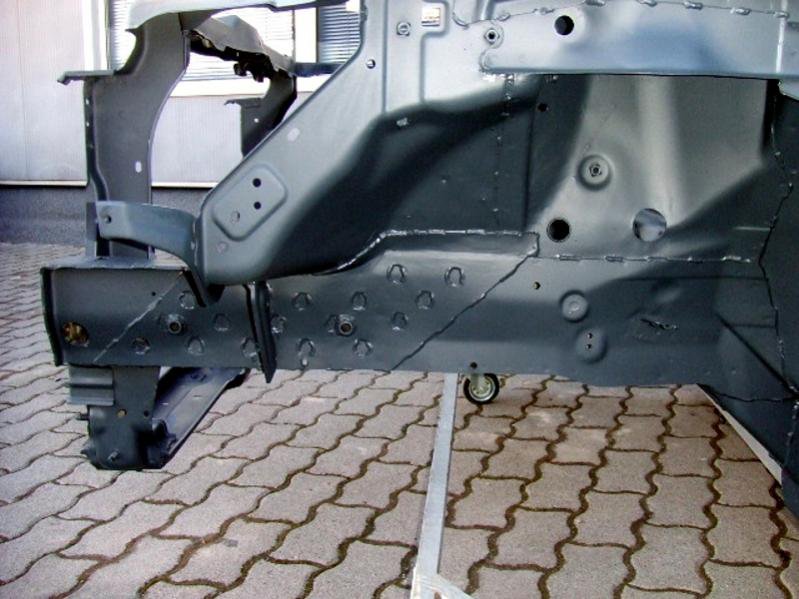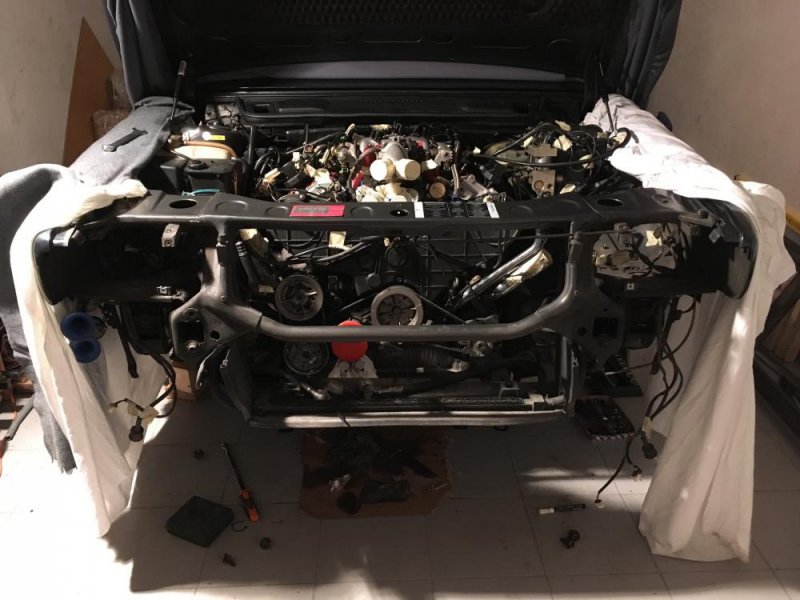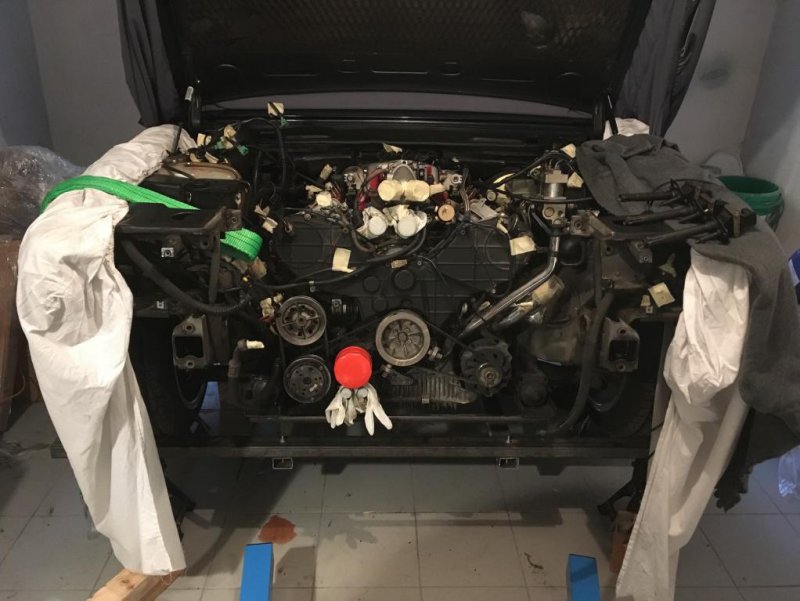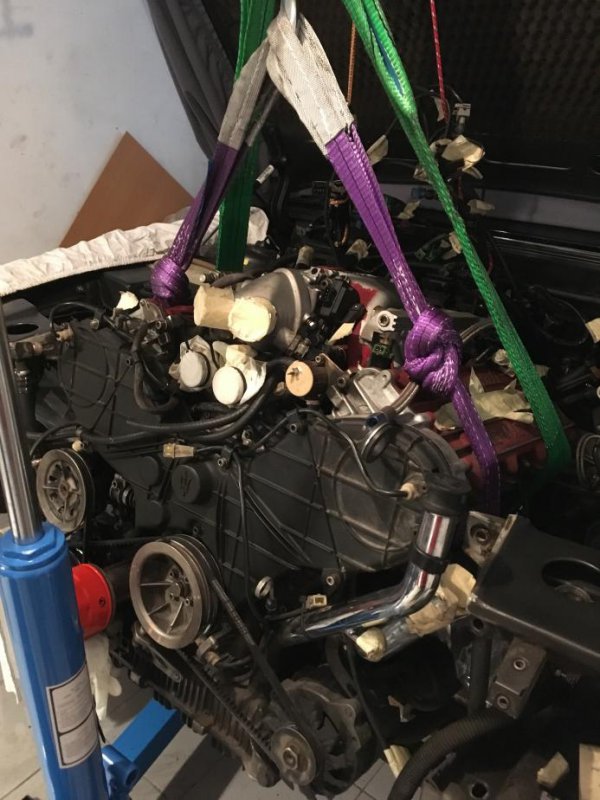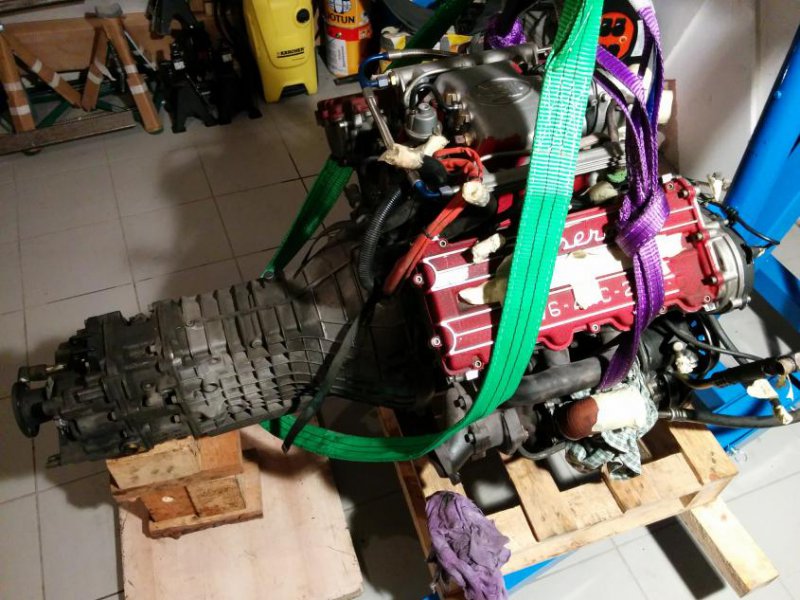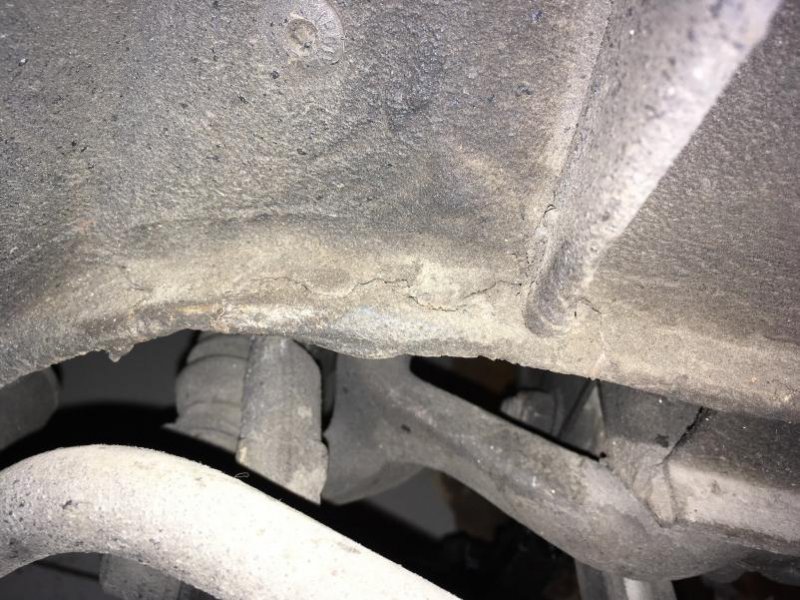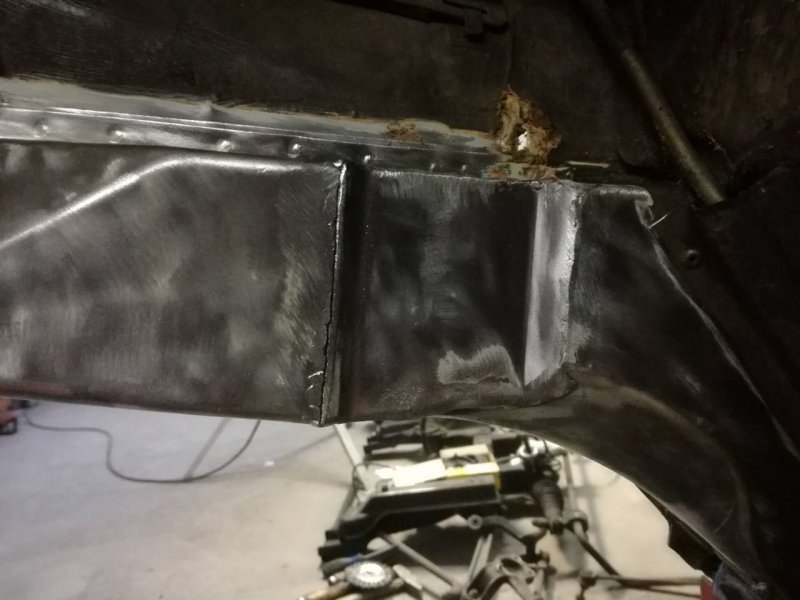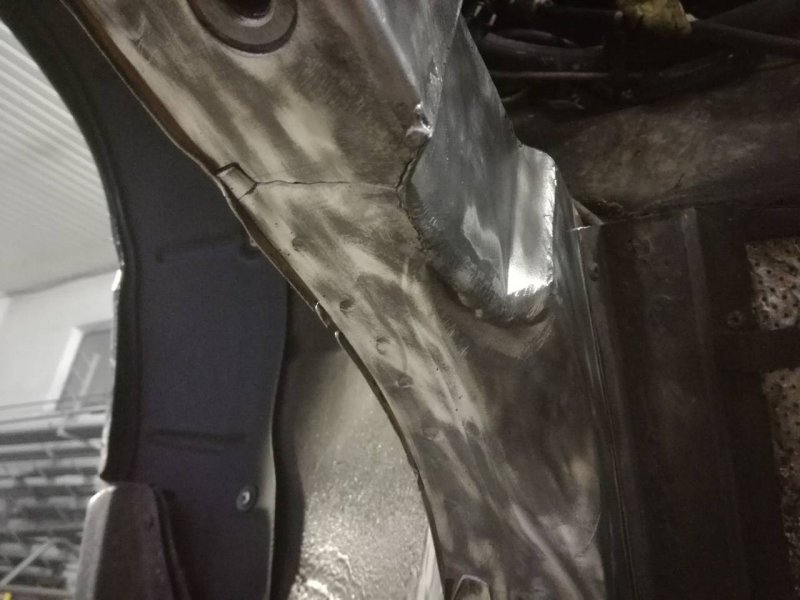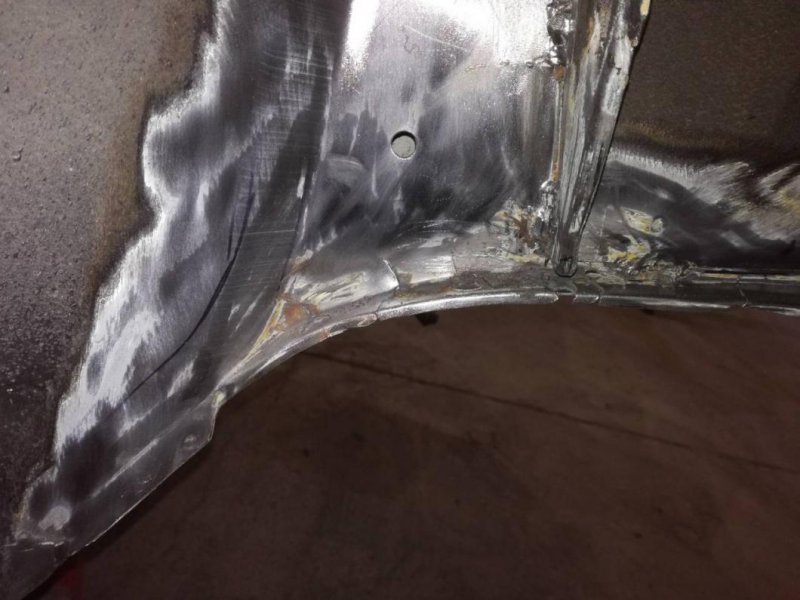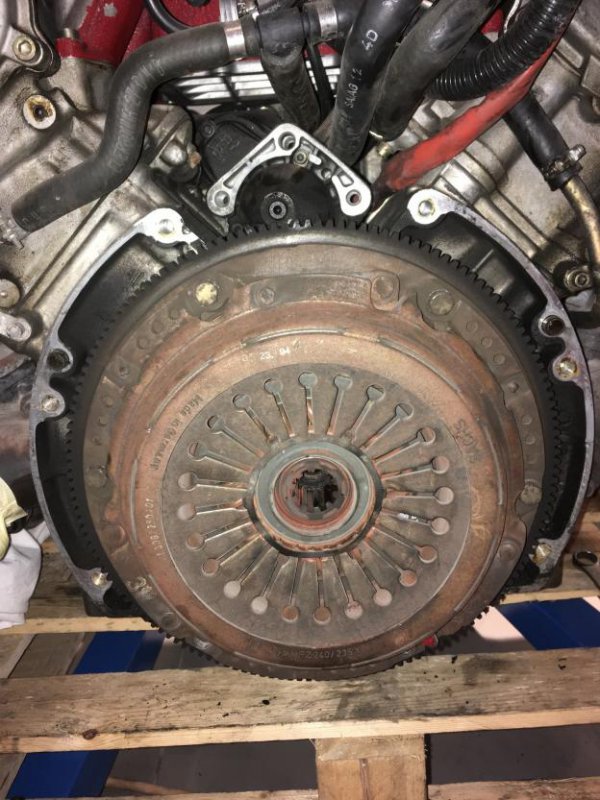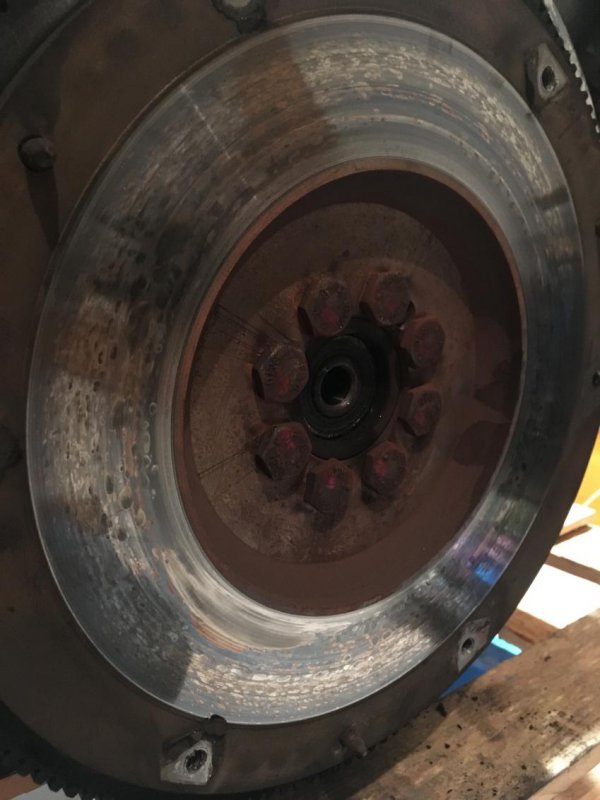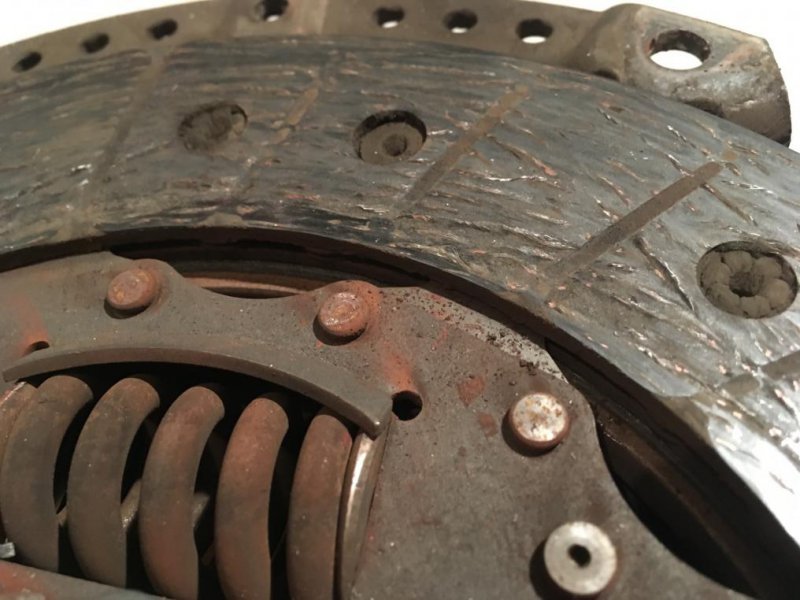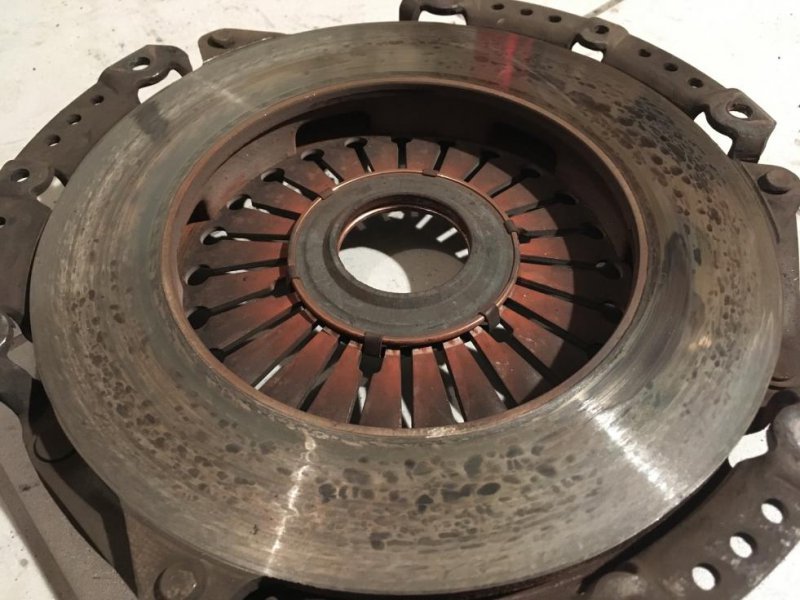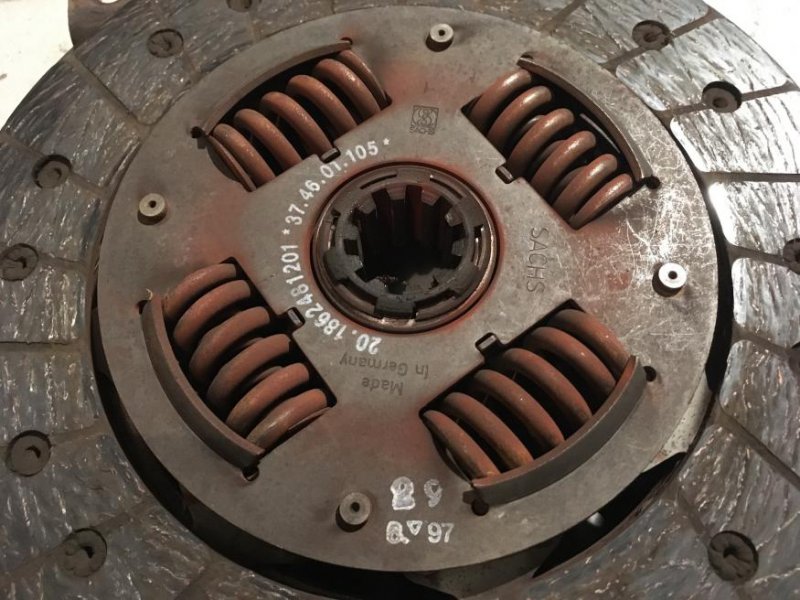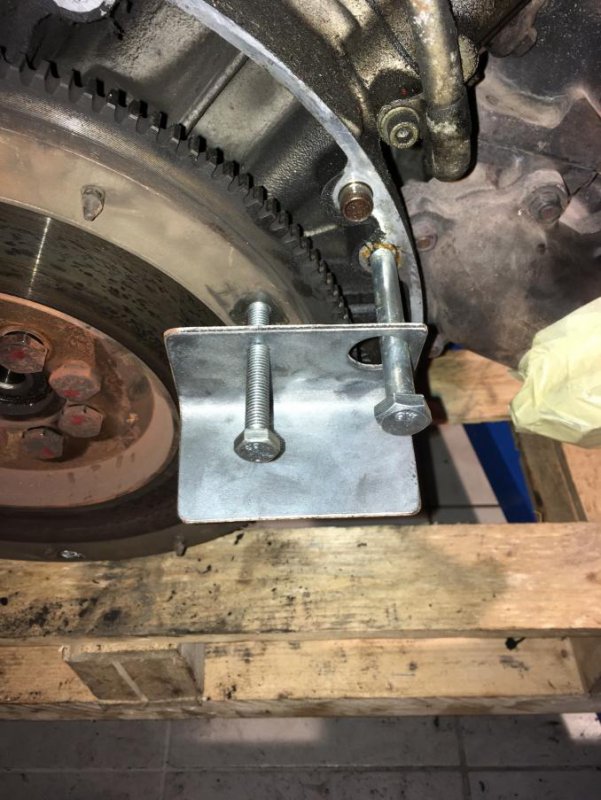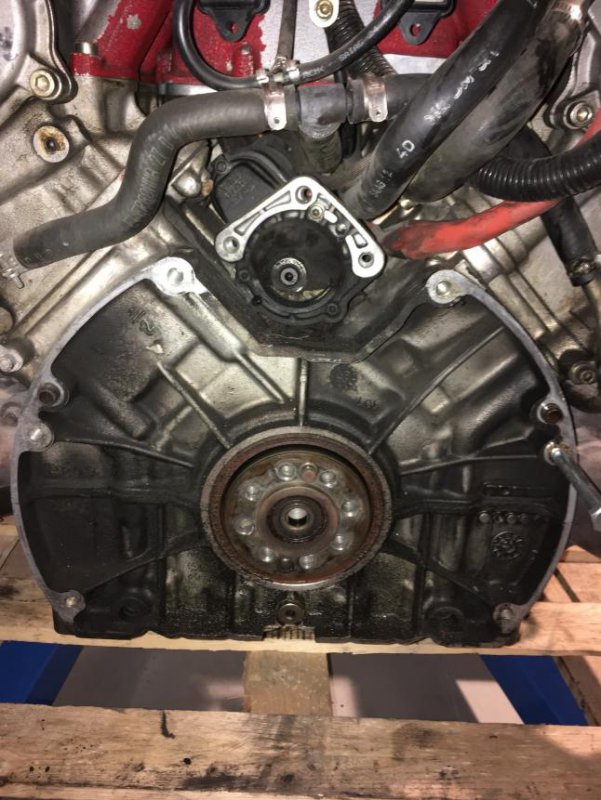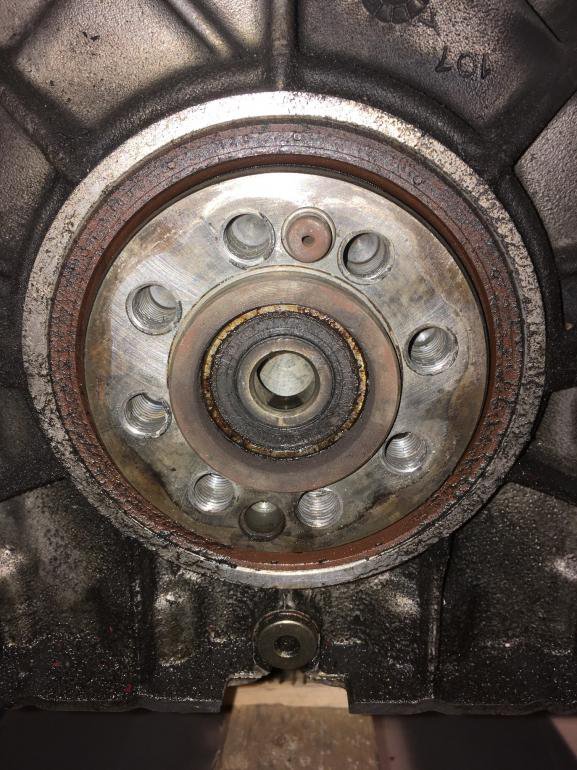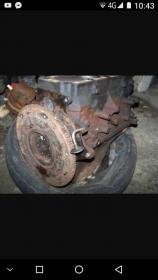spacecadet
Member
- Messages
- 378
Hi,
I'm soon starting this winter's work, will share progress here.
The planned items, it's a pretty long list, hope will finish before the season:
I'm soon starting this winter's work, will share progress here.
The planned items, it's a pretty long list, hope will finish before the season:
- Pull engine and gearbox - DONE
- Fix and strengthen cracked R.H. chassis rail, while there also tackle a small rust spot below one of the air filter and also at two corners near the front shocks in the wheel well (will be done by a workshop doing bodywork and rollcages for race cars) - DONE
- Replace timing chains (current state: ), set timing and valve clearances - DONE
- Replace leaking crankshaft seal, while there also replace camshaft seals - DONE
- Repaint flaking intake manifold and valve covers - DONE
- Send leaking AC compressor for overhaul - DONE
- Replace disintegrated hood foam
- Overhaul front suspension; media blast, paint, replace rubber parts, joints, etc. like last winter the rear - DONE
- Send shocks to be tested / overhauled; nothing wrong with it but since the whole suspension will be done I thought let's do this too now - DONE
- Install Cup springs - DONE
- Install K.S. ARBs; still have to find rubber mounts for these, especially for the rear - DONE
- Resurface flywheel - DONE
- Replace clutch, pressure plate, release bearing and pilot bearing; the clutch is very heavy, only bites at the top, the bearing is really noisy - DONE
- Install fully revisioned spare gearbox - DONE
- For pulling the engine with the gearbox, should I remove the front tubular structure or can this be done by simply lifting them upwards?
- How can I fix the camshafts to remove and later fix the front timing pulley and also the rear nuts holding the gears?
- Should I clean the oil galleys inside the camshafts too as described in the manual or not necessary?
- Are thickness pads still available from Maserati? I have to wait with the order until the current ones are accessible.
- Do I need a special tool for replacing the crankshaft seal and the input shaft bearing?
- Is it advised to skim the flywheel when installing a new clutch? If yes, what's the factory limit? Didn't find anything in the manual.
- Anything else I should be aware of? I've only done a head job before so not so much experience working on engines, but I have time and patience

Last edited:



